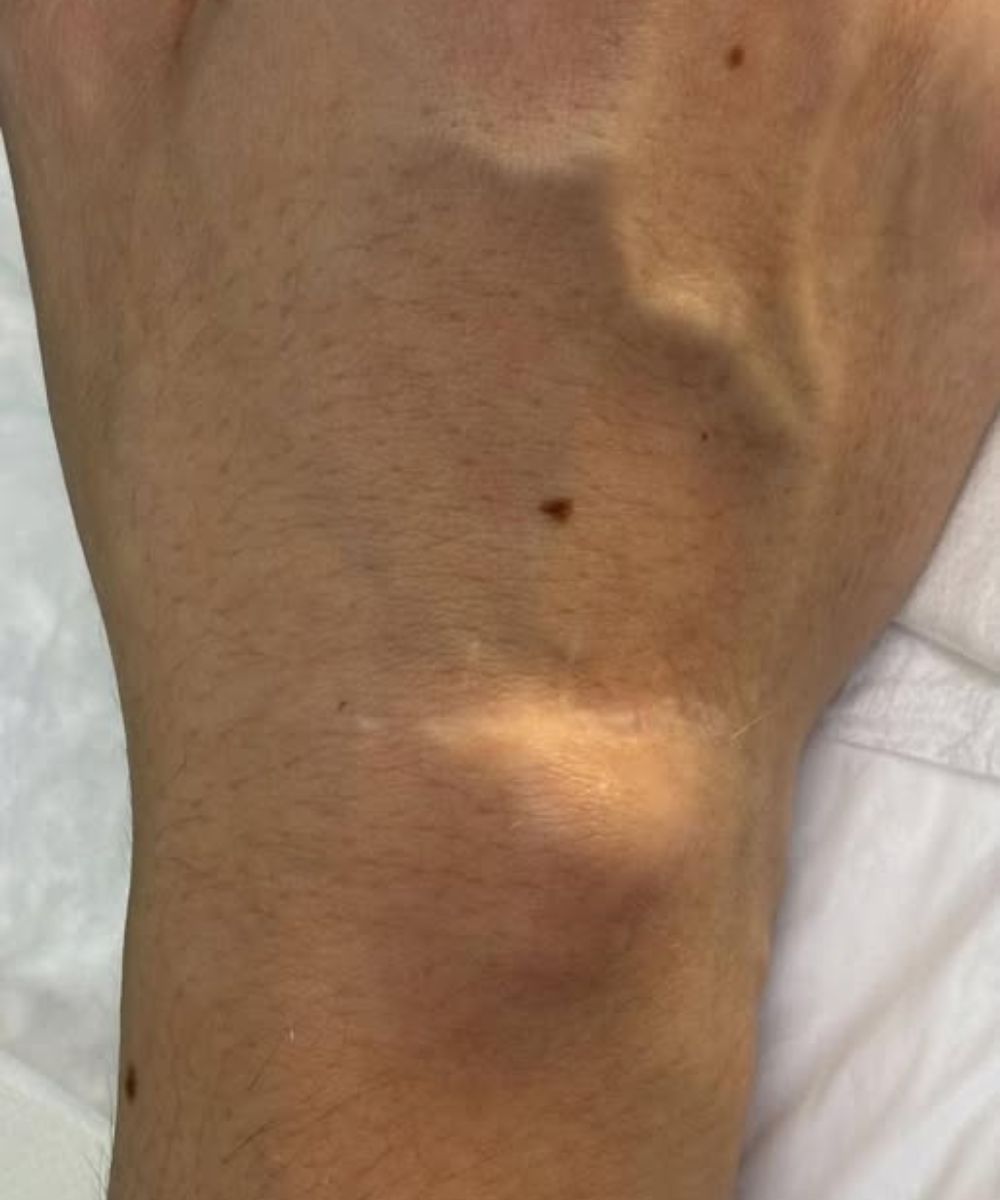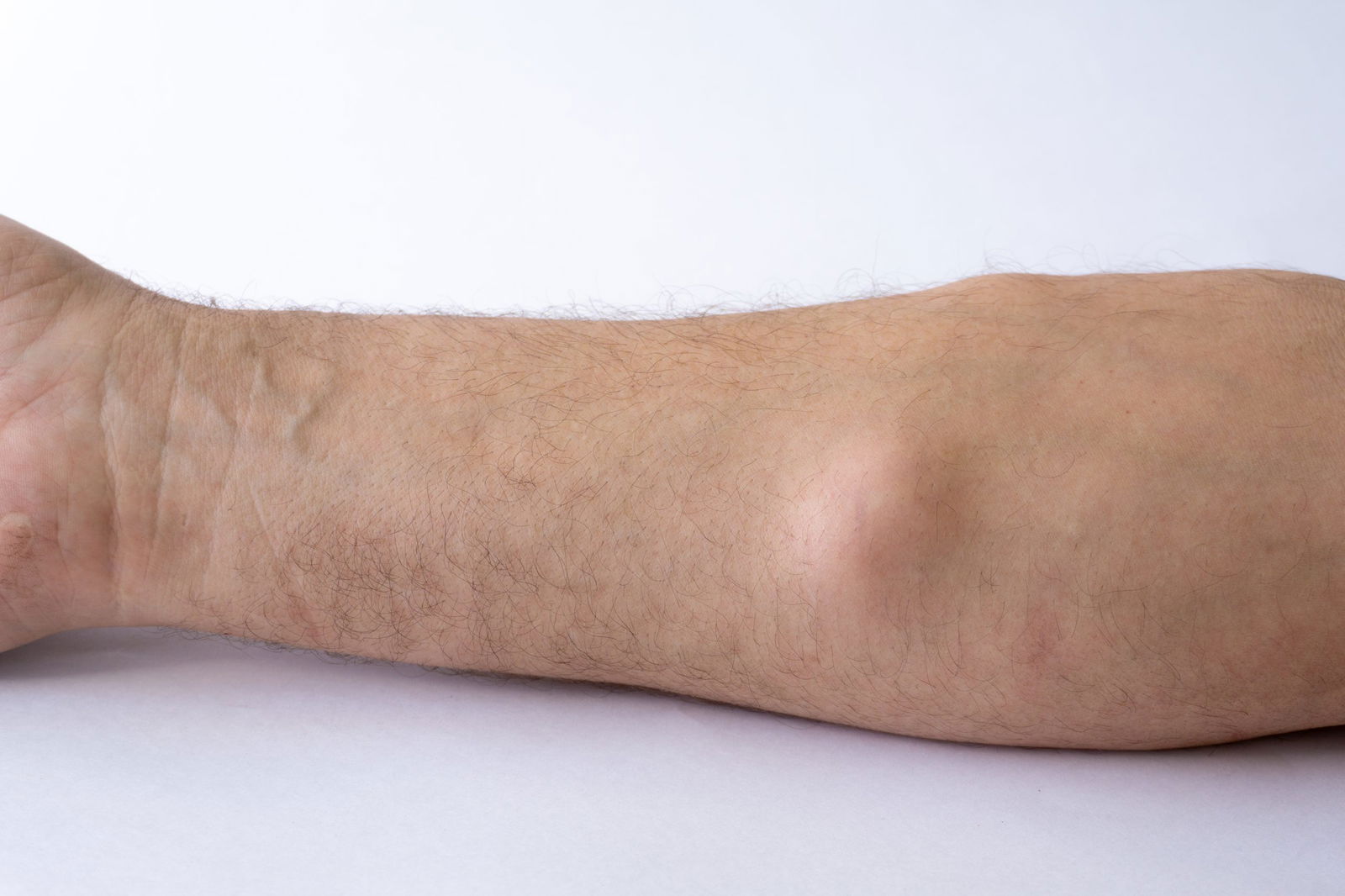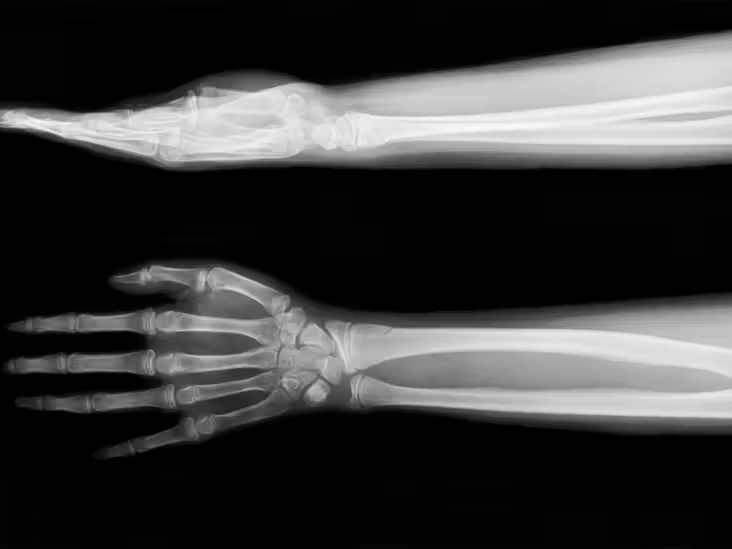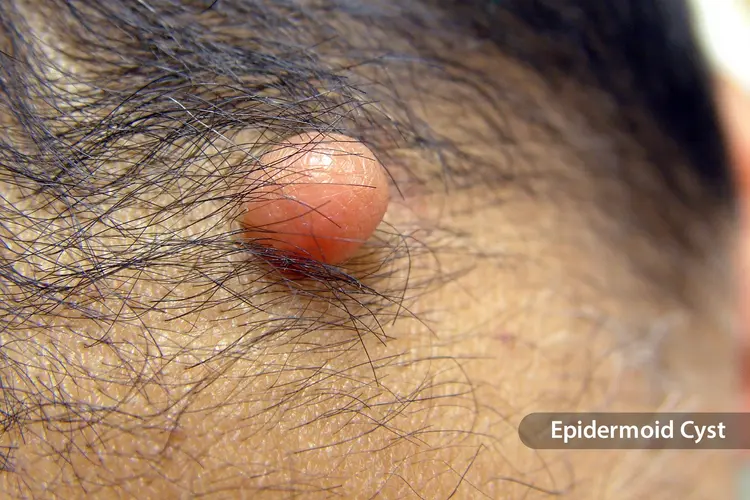
Noticing a lump near a joint can be alarming. While most joint-related lumps are benign—such as ganglion cysts or lipomas—some may signal more terrible conditions, including bone canc3r or soft tissue sarcomas. Knowing the war:ning signs can help you find medical attention early, which is essential for successful treatment.
Common Benign Causes of Joint Lumps
In many cases, lumps around the joints are benign (non-cancerous). Some popular causes include:

- Ganglion cysts – fluid-filled sacs that often appear on wrists or ankles.
- Lipomas – soft, fatty lumps that grow slowly under the skin.
- Bursitis – inflammation of a bursa (a small fluid-filled sac that cushions joints), which can cause swelling and tenderness.
- Rheumatoid nodules – firm lumps that form near joints in people with rheumatoid arthritis.
These lumps are usually painless, mobile under the skin, and grow slowly. However, if a lump changes rapidly, it’s crucial not to neglect it.
When to Be Concerned: Red Flags of Cancerous Lumps

While rare, certain symptoms may point toward a more serious condition like bone canc3r or a soft tissue sarcoma. Here are the signs that warrant medical evaluation:
- Rapid Growth – A lump that gets considerably larger in a short period.
- Pain – Persistent or increasing pain, especially at night or while resting.
- Firm or Fixed Mass – If the lump feels hard and immobile, it could be connected to deeper tissues.
- Skin Changes – Redness, ulceration, or skin stretching over the lump.
- Weight Loss or Fatigue – General symptoms of cancer that bring the lump.
Sarcomas can develop in bones (osteosarcoma, chondrosarcoma) or soft tissues (muscle, fat, nerves). These are aggressive canc3rs that may expand quickly, often to the lungs or lymph nodes.
Bone Canc3r Symptoms
Bone canc3rs like osteosarcoma or Ewing sarcoma typically affect children and young adults, but they can also appear in older individuals. Watch for:
- Deep bone pain that worsens at night
- Swelling around the joint or bone
- Restricted joint movement
- Anonymous fractures
If these symptoms are present, especially alongside a visible lump, it’s crucial to find imaging tests such as X-rays, MRI, or biopsy.

Diagnosis and What to Predict
If your doctor guesses something more than a benign cyst, they may refer you to an orthopedic oncologist. Diagnostic steps include:
- Physical exam – to examine size, tenderness, and mobility.
- Imaging – MRI or CT scans offer detailed views of the lump and surrounding tissues.
- Biopsy – the only way to check if a lump is cancerous.
Early diagnosis enhances outcomes. Sarcomas and bone canc3rs may require surgery, chemotherapy, radiation, or a combination of treatments.
Takeaway
Not all joint lumps are hazardous, but it’s crucial to know when a lump may be more than just a cyst. Any painful, growing, or unusual mass should be checked by a healthcare professional.















